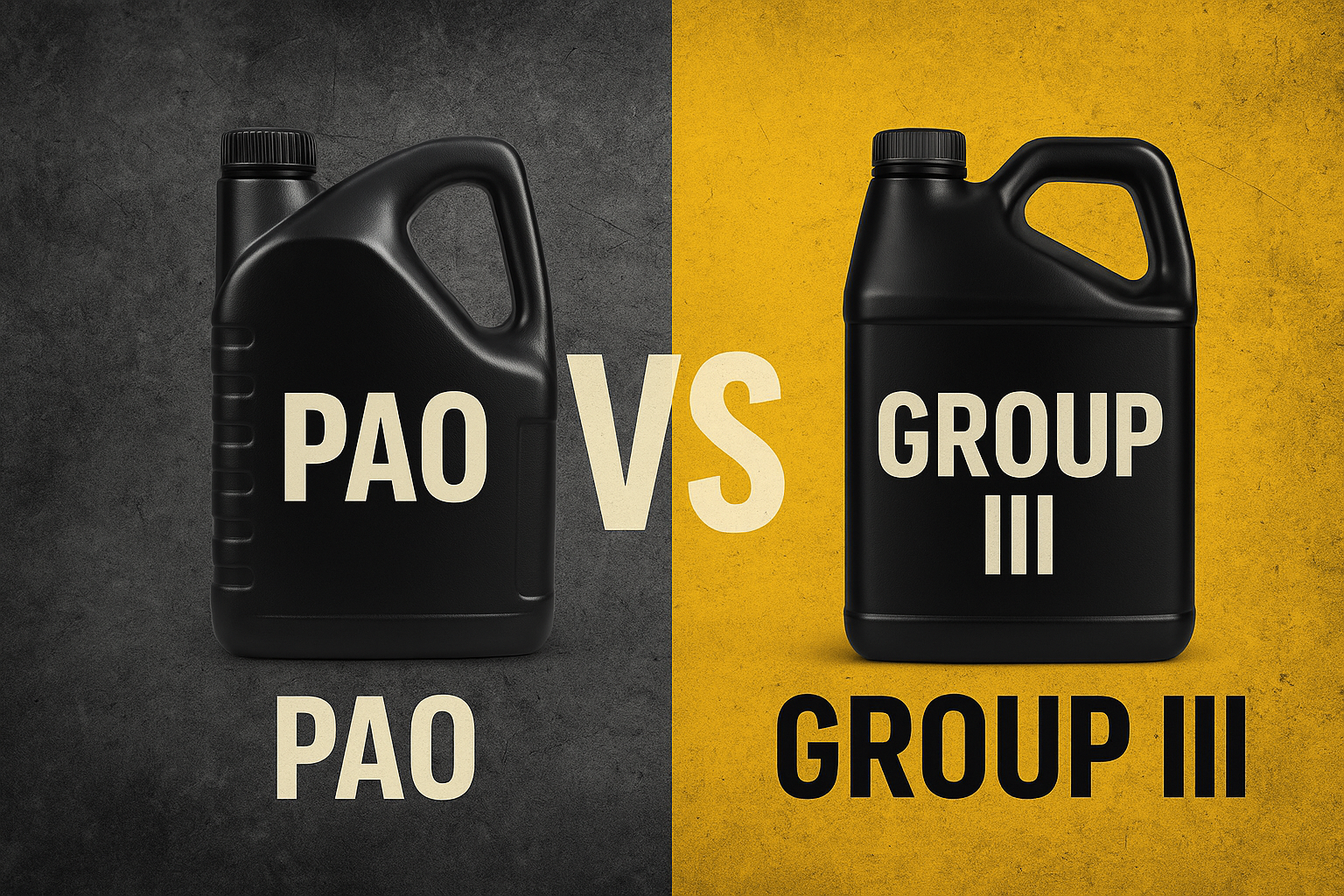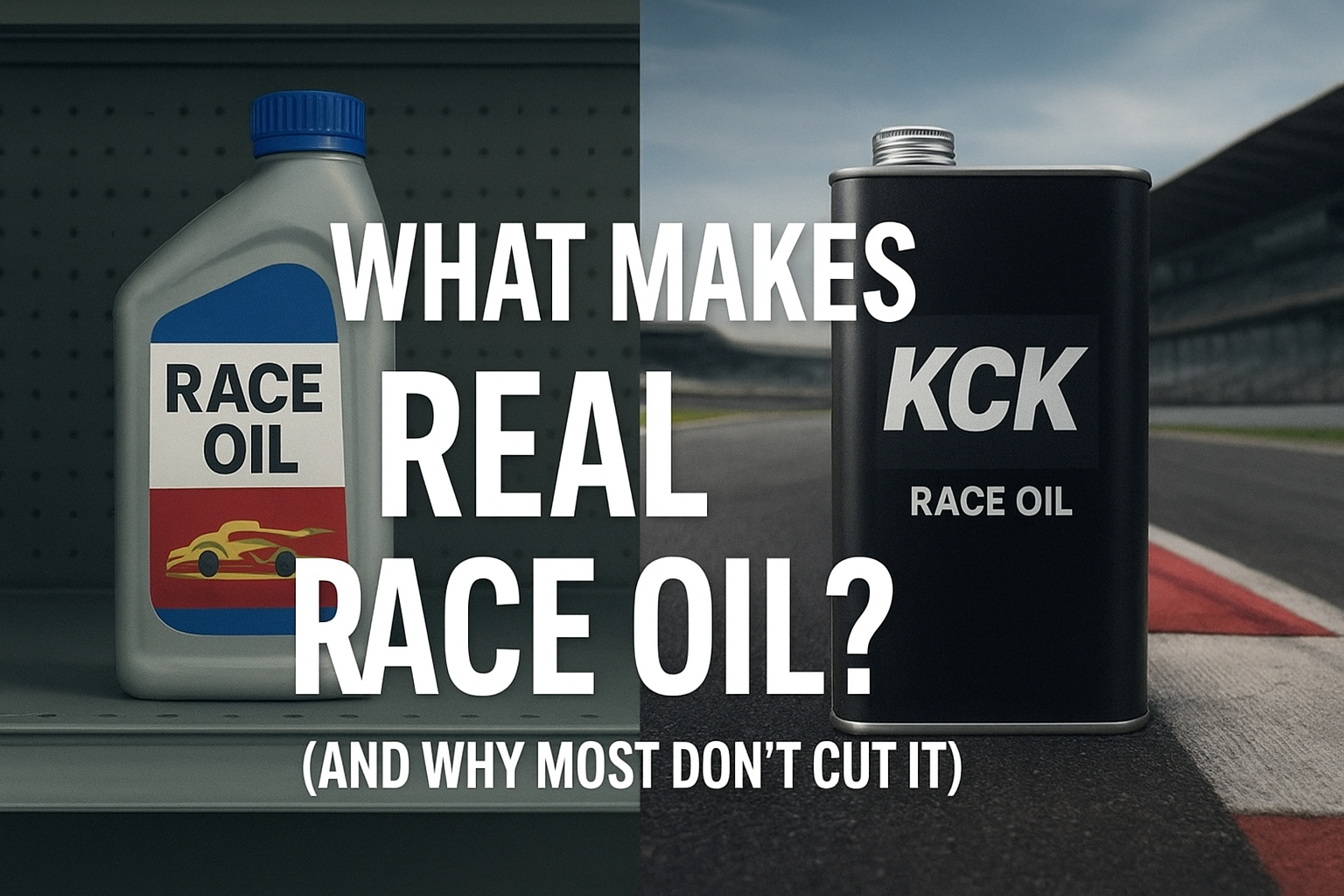Hot Blended Oils vs. Cold Blended Oils: Understanding the Superiority of Hot Blending
When it comes to lubricant formulation, the blending process plays a crucial role in determining performance, consistency, and durability. While both hot blended and cold blended oils serve as lubrication solutions, hot blending offers significant advantages in terms of quality, stability, and effectiveness. At KCK Lubricants, we prioritize the use of advanced hot blending techniques to deliver superior performance across various industries. Here, we explore the key benefits of hot blended oils and why they outperform cold blended alternatives.
1. Enhanced Additive Integration
Hot blending allows for better solubility and integration of additives into the base oil. When lubricants are blended at elevated temperatures, additives such as anti-wear agents, friction modifiers, and antioxidants dissolve more efficiently, ensuring a uniform distribution throughout the oil. This results in a more consistent and effective formulation that delivers optimal protection and performance.
Cold blended oils, on the other hand, may suffer from uneven additive dispersion, leading to reduced effectiveness. Incomplete dissolution can result in additives settling at the bottom of storage containers or failing to activate properly under operational conditions.
2. Superior Stability and Longevity
Thermal stability is a critical factor in lubricant performance. Hot blending helps enhance the oxidative and thermal stability of the oil by ensuring a homogeneous mixture at the molecular level. This translates into longer-lasting lubricants that resist breakdown under high-temperature conditions.
Cold blended oils often lack the same level of stability and may degrade faster, leading to increased sludge formation, varnish deposits, and a shorter lubricant lifespan. This can result in frequent oil changes, higher maintenance costs, and potential equipment failure.
3. Improved Viscosity Control
A lubricant’s viscosity is key to its ability to provide adequate lubrication and protection. Hot blending allows for precise control over viscosity by ensuring that base oils and additives mix thoroughly. This ensures the final product maintains its intended viscosity across a range of operating temperatures, providing consistent performance in both hot and cold environments.
Cold blending, however, may lead to inconsistencies in viscosity due to inadequate mixing. Variations in viscosity can compromise the lubricant’s ability to protect machinery, leading to increased wear and tear.
4. Better Performance in Extreme Conditions
Industries that operate in extreme conditions—such as automotive racing, heavy machinery, and industrial manufacturing—demand lubricants that can withstand high stress, temperature fluctuations, and heavy loads. Hot blended oils provide the resilience needed to perform in these environments by offering superior oxidation resistance, shear stability, and load-bearing capabilities.
Cold blended oils, due to their less controlled formulation process, may not deliver the same level of reliability under demanding conditions. Their performance can be unpredictable, leading to increased risk of equipment failure and operational downtime.
5. Increased Contaminant Resistance
Contaminants such as moisture, dirt, and air bubbles can negatively impact lubricant performance. The hot blending process helps eliminate impurities by allowing for better degassing and filtration during production. This results in a cleaner, more refined lubricant that enhances equipment longevity and efficiency.
Cold blended oils are more prone to contamination since they lack the high-temperature processing step that helps remove unwanted particles. As a result, they may require additional filtration or purification to achieve the same level of quality.
6. Proven Advantages in Professional Motorsport
At KCK Lubricants, we understand the demands of professional motorsport, where lubricants must perform flawlessly under extreme speeds and temperatures. Our hot blended oils are designed to provide maximum engine protection, minimize friction, and optimize efficiency in high-performance racing environments. The precise formulation achieved through hot blending ensures that racing engines operate at peak performance without the risk of lubricant failure.
Why Choose Hot Blended Oils from KCK Lubricants?
Choosing the right lubricant is critical to ensuring the longevity and efficiency of your equipment. With KCK Lubricants’ hot blended oils, you benefit from superior additive integration, enhanced stability, improved viscosity control, and exceptional performance in extreme conditions.







